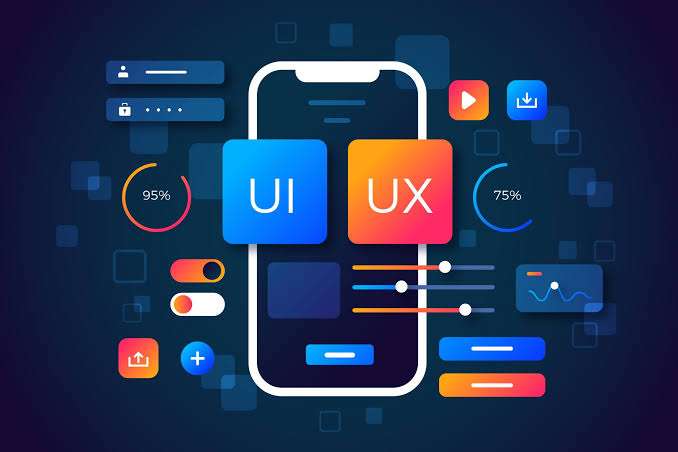In the fast-paced digital landscape, where user experience reigns supreme, the synergy between UI/UX design and development services has become a pivotal factor in determining the success of digital products.
This blog aims to unravel the intricate web of UI/UX design services, shed light on how they serve as the blueprint for success, and transform development projects into user-centric, engaging experiences.
The Power of First Impressions
The proverbial saying, “First impressions matter,” holds in the digital realm. The UI, or user interface, is the first point of contact between a user and a digital product.
A well-crafted UI not only captures attention but also sets the stage for a positive user experience. UI design services are critical in creating visually appealing, intuitive interfaces that leave lasting impressions on users.
Navigating the User’s Journey: The Essence of UX Design Services
While UI focuses on aesthetics, UX, or user experience, delves into the overall journey users undertake within a digital product. UX design services are the architects behind seamless navigation, ensuring that users can effortlessly interact with the application or website.
Through user research, persona development, and wireframing, UX designers craft a user-centric journey that aligns with the goals of the project.
Understanding User Behavior: The Foundation of Design Decisions:
Successful UI/UX design services start with a deep understanding of user behaviour. Conducting user research and analysis helps in identifying user preferences, pain points, and expectations.
This data becomes the foundation for design decisions, ensuring that the final product resonates with the target audience.
Wireframing and Prototyping: From Concept to Reality
The transition from conceptualization to actualization involves the creation of wireframes and prototypes. UI/UX design services employ these tools to outline the structure and flow of the digital product.
Through iterative testing and refinement, designers validate concepts, making crucial decisions about layout, interaction, and functionality.
Responsive Design: Adapting to Diverse Platforms
In an era where users access digital products on various devices, responsive design has become non-negotiable. UI/UX design services integrate responsive design principles, ensuring that the user experience remains consistent and optimal across devices, be they desktops, tablets, or smartphones.
The Marriage of Form and Functionality
Aesthetics alone cannot carry a digital product to success; functionality is equally paramount. UI/UX design services strike a delicate balance between form and functionality, ensuring that the visual elements enhance, rather than hinder, the overall user experience.
Intuitive navigation, clear calls to action, and a seamless user flow are all elements carefully considered in this marriage of design and functionality.
Collaborative Approach: Bridging the Gap Between Design and Development
The collaboration between UI/UX design and development teams is where the blueprint for success truly takes shape. Continuous communication and collaboration are essential to translating design concepts into functional, code-driven elements.
This collaborative approach bridges the gap between the creative vision of designers and the technical execution of developers.
Iterative Testing and Refinement: Ensuring Continuous Improvement
The journey of UI/UX design services doesn’t end with the deployment of the digital product. Iterative testing and refinement are crucial components of the design process.
User feedback, analytics, and performance metrics are analyzed to identify areas for improvement, ensuring that the digital product evolves to meet changing user needs and expectations.
Accessibility and Inclusivity: Designing for All
UI/UX design services strive for inclusivity by considering accessibility features in their designs. Ensuring that digital products are usable by individuals with diverse abilities is not just a legal requirement but a moral imperative. Designing with accessibility in mind broadens the reach and impact of a digital product.
Measuring Success: Key Performance Indicators (KPIs) in UI/UX Design
Measuring the success of UI/UX design services involves analyzing key performance indicators (KPIs) such as user engagement, conversion rates, and user satisfaction.
These metrics provide valuable insights into the impact of design decisions on the overall success of the digital product.
Conclusion
In digital development, the collaboration between UI/UX design and development services forms the bedrock for success. The blueprint created by thoughtful UI/UX design serves as a guiding light, transforming development projects into user-centric, engaging experiences.
As digital landscapes continue to evolve, embracing the principles of effective UI/UX design becomes not just a competitive advantage but a necessity for those seeking enduring success in the digital realm.
Read More: Unveiling the Power of Pixel Perfect: The Crucial Role of Image Optimization in Web Design and SEO



